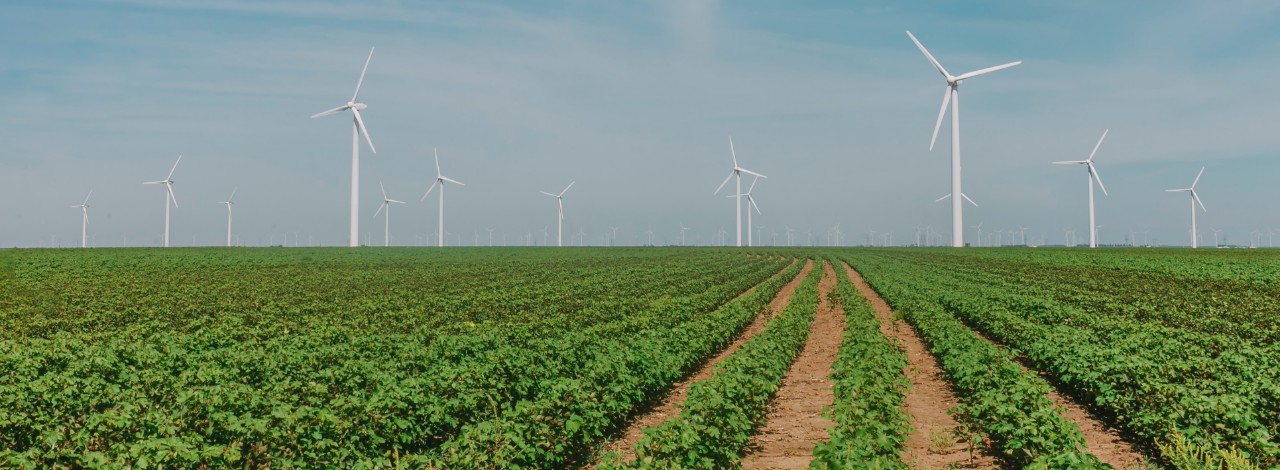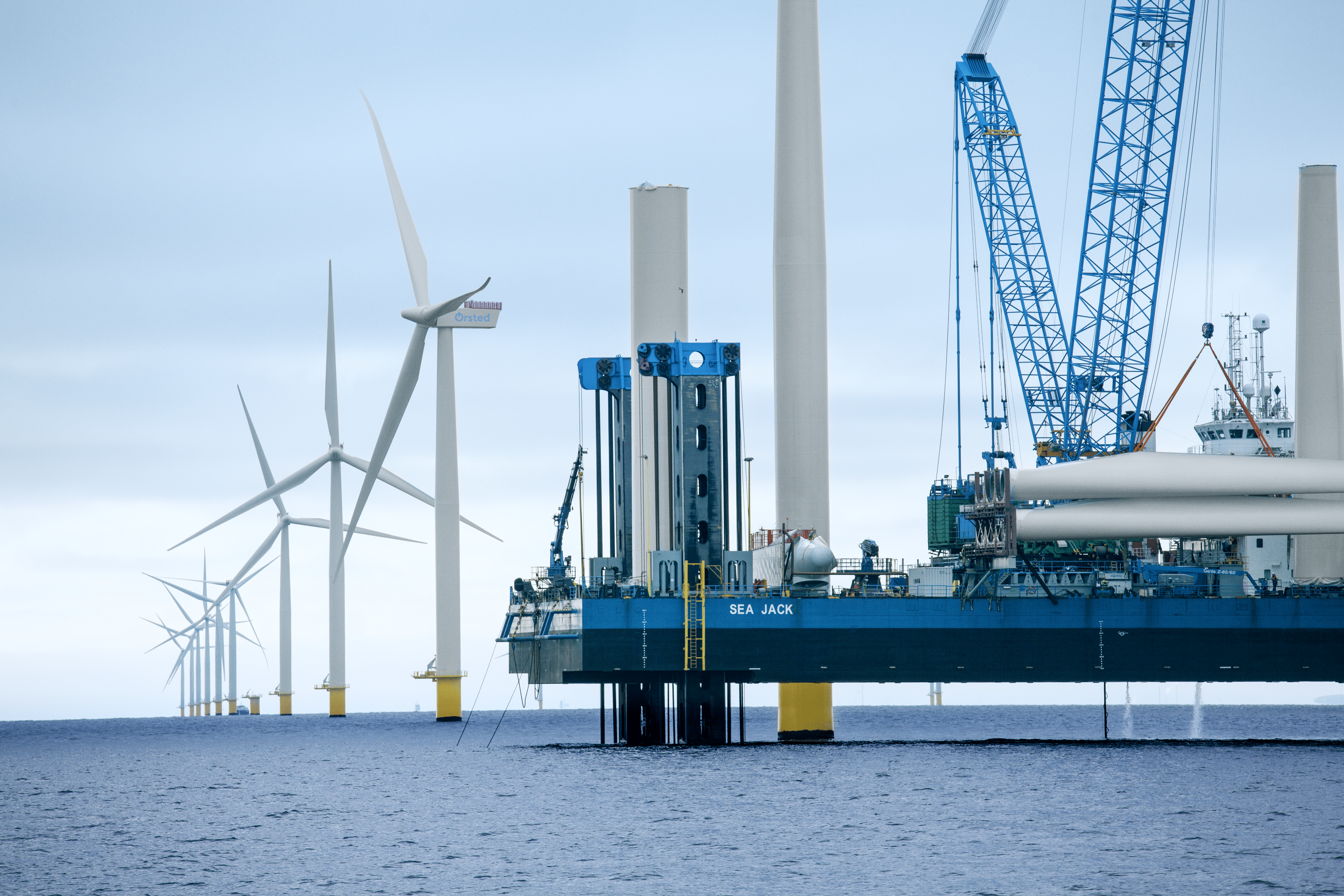News
Offshore wind
Onshore wind
Photovoltaics
+2
New IEA report: renewable capacity set to expand by 50 per cent by 2024


The installation of solar PV systems on homes, commercial buildings and industrial facilities is set to accelerate over the next five years, transforming the way electricity is generated and consumed, according to the IEA’s latest renewable energy market forecast.
These applications – known collectively as distributed PV – are the focus of the IEA’s Renewables 2019 market report, which was released today.
The report forecasts that the world’s total renewable-based power capacity will grow by 50 per cent between 2019 and 2024. This increase of 1,200 gigawatts, which is equivalent to the current total power capacity of the United States, is driven by cost reductions and concerted government policy efforts. Solar PV accounts for 60 per cent of the rise, while wind energy represents 25 per cent of expected additional capacity. Furthermore, the share of renewables in global power generation is set to rise from 26 per cent today to 30 per cent in 2024.
-Related solution: Renewable energy policy planning and integration
Falling costs and more effective policies drive increases in additional capacity
Solar PV generation costs are estimated to decline a further 15 – 35 per cent for both utility-scale and distributed applications by 2024. Recent competitive auction results indicate that the levelised cost of generation for utility-scale solar PV plants will become comparable with or lower than that of new fossil fuel plants sooner than expected in a growing number of countries. Competition and cost reductions are also driving expansion in both on- and offshore wind capacity.
The mature markets of the European Union and the United States are responsible for half of the upward revision in the forecast. A more optimistic outlook for the European Union results from higher planned renewables auction volumes and faster distributed solar PV growth in member states to meet renewable energy targets. In the United States, wind and solar PV developers are rushing to complete projects before federal tax incentives end, while corporate power purchase agreements (PPAs) and state-level policies contribute to growth. In the growth markets of China and India, growth in additional capacity is also set to occur, where solar PV will be responsible for most of the growth in India, whereas both wind and solar will drive increases in China. Sub-Saharan Africa is the only region with a negative forecast, as growth is held back by continued delays in implementing announced policies, high investment risks, and weak grid infrastructure.
Growth in renewables insufficient to meet climate goals
The expected growth comes after renewable capacity additions stalled last year for the first time in almost two decades. While positive, the renewed expansion still remains significantly below what is needed to meet global sustainable energy targets.
“Renewables are already the world's second largest source of electricity, but their deployment still needs to accelerate if we are to achieve long-term climate, air quality and energy access goals,” said Dr Fatih Birol, the IEA’s Executive Director.
The report outlines three main challenges that need to be overcome to speed up the deployment of renewables: policy and regulatory uncertainty, high investment risks and system integration of wind and solar PV. Successfully overcoming these challenges would result in a scenario where total renewable capacity increases more than 60 per cent to 4 000 GW in 2024, by which time it would be twice the size of today’s global coal capacity. This would also envisage an annual deployment of 280 GW, which is 50 per cent higher than current rates and in line with long-term sustainable energy goals.
-Related solution: World's largest offshore wind farm
Offshore wind’s immense potential
The report estimates that offshore wind will add an additional 43GW to reach 65GW in total by 2024, driven primarily by China. Currently, offshore wind accounts for a small fraction of global power generation, but its potential growth over the next two decades is huge, according to the upcoming Offshore Wind Outlook 2019 that will be released this Friday in Denmark.
Offshore wind’s rise comes at a time when the world’s need for low-carbon technologies is greater than ever. To get the best possible picture of offshore wind’s global potential, the IEA initiated a state-of-the-art geospatial analysis of the speed and quality of wind along hundreds of thousands of kilometres of coastline around the world. The resulting report provides the most comprehensive analysis to date of the global outlook for offshore wind, its contributions to electricity systems and its role in clean energy transitions.
Dr Fatih Birol, the IEA’s Executive Director, will be presenting the findings in Copenhagen, Denmark on Friday 25 October, home to the first offshore wind farm, together with the Danish Minister for Climate, Energy and Utilities, Dan Jørgensen. You can sign up for the event here.
Key conclusions
- Solar PV and wind will account for 70 per cent of global power capacity expansion over the next five years, necessitating policies targeting their cost-effective and secure integration in power systems.
- Distributed solar PV is responsible for almost half of total solar PV growth, expanding as much as onshore wind through 2024.
- Commercial and industrial applications drive distributed PV expansion globally, as their supply and electricity demand are better matched than for residential, enabling larger savings on retail bills.
- Distributed PV growth requires policies that find the best compromise between attracting investment, securing enough revenues for grids and ensuring a fair allocation of grid costs for all consumers.
- Governments can put renewables on track with climate, air quality & energy access goals through stable policies addressing system integration & investment risk and focusing more on transport and heat.
The report can be accessed in its entirety here.
Source: IEA
Photo: Matthew T Rader on Unsplash















